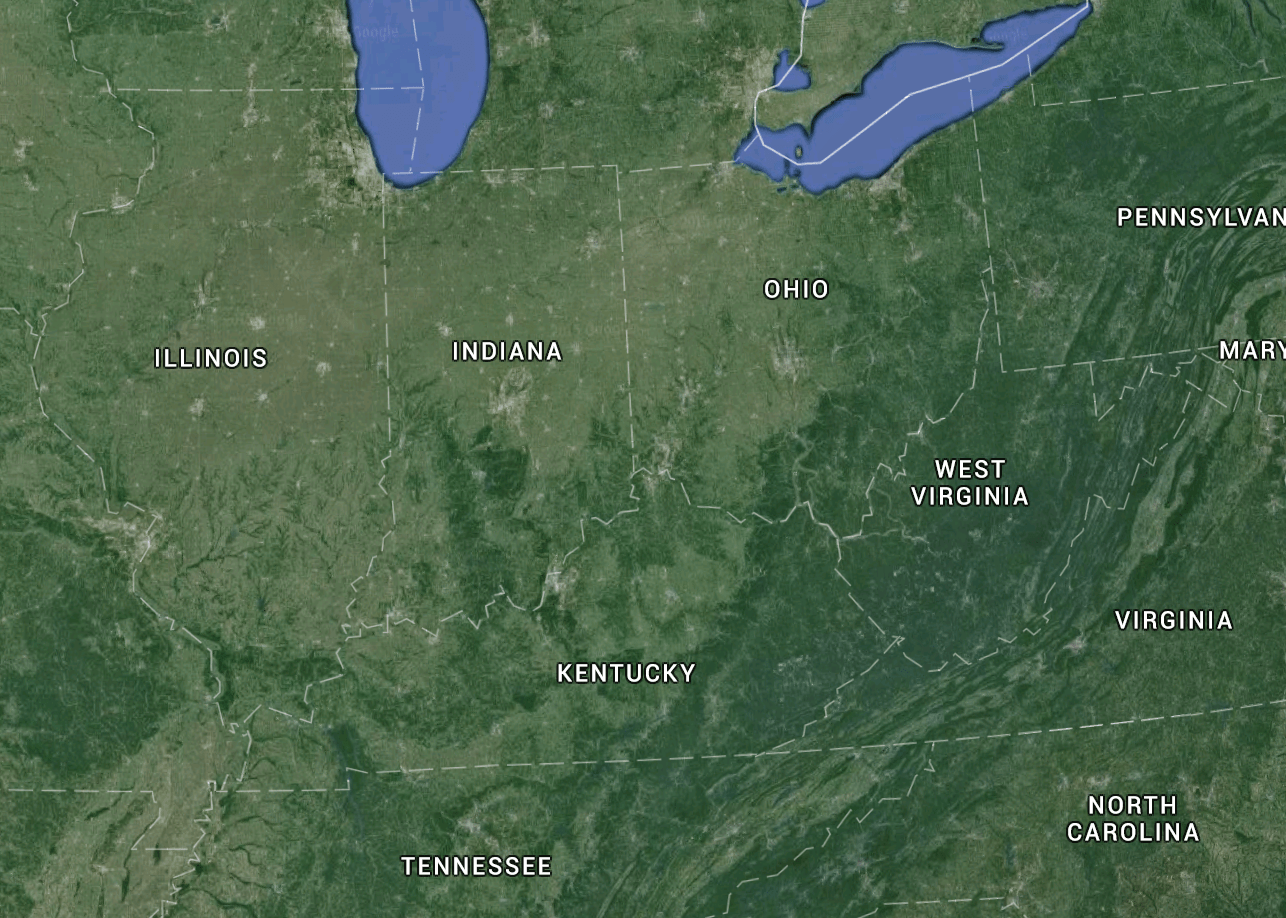A community in rural Indiana is beset by an outbreak of HIV. The virus has spread quickly among users of the drug Opana, a prescription opiate. Now a small town with the population of 4,200 is the epicenter of the largest outbreak of HIV in the USA in years.
Because of two big obstacles familiar with anyone fighting HIV anywhere in the world, the outbreak has been difficult to contain. First, the enduring stigma associated with HIV/AIDS is preventing people from getting tested and seeking treatment. Meanwhile, local customs are interfering with known best practices to prevent the spread of the disease.
What’s happening in Indiana right now is very much a global health story. The setting happens to be a poverty stricken town in the USA, but it could just as easily be rural Cameroon or Bangladesh.
—
HIV is no longer a death sentence. It’s a chronic disease that can be managed through medicine, not terribly dissimilar to hypertension or diabetes in the sense that people with HIV can live full and productive lives so long as they keep up their treatment regime.
Still, stigma around HIV/AIDS is pervasive. Ban Ki Moon calls it “the single most important barrier to public action” and “the main reason too many people are afraid to see a doctor to determine whether they have the disease, or to seek treatment if so.”
That is as true in rural Africa and it is in rural Indiana. A New York Times story today is revealing on the extent to which the stigma of HIV is preventing Indianans from accessing the treatment they need.
She is afraid to start antiretroviral therapy because she does not want to be spotted entering the clinic on Main Street, she says, and afraid to learn her prognosis after hearing a rumor — false, it turns out — that someone else with the virus was given six months to live. Other drug users have refused to be tested at all…
“There are still a significant proportion of people in Austin who have biases about H.I.V. and are contributing to the stigma and subsequent fear,” said Dr. Diane Janowicz, an infectious disease specialist at Indiana University, who is treating H.I.V. patients here. “I have to reassure them — if your grandkid wants a sip of your drink, you can share it. It’s O.K. to eat at the same table. You can use the same bathroom.’”
Compounding the challenge of encouraging people to get tested and seek treatment is the fact that some local officials are not following best practices in fighting the spread of infection. What global health officials might call “traditional practices” or “local customs and beliefs” are undermining the public health effort.
Another complication is that the needle exchange has faced strong local resistance. [Indiana Governor Mike] Pence, a Republican, generally opposes such programs, saying they perpetuate drug use. Many residents here feel the same…
To get clean needles, drug users have to register, using their birth date and a few letters from their name to create an identification number that goes on a laminated card. But the police are arresting anyone found with needles but no card, saying it will prod more people to participate.
Shortly after the needle exchange began, sheriff’s deputies visited a house in Austin and found a man who had joined the program and a woman who had not. They did not arrest the man, Sheriff Dan McClain said, although they confiscated a number of clean needles he had received from a volunteer group that was not part of the official program. But they did arrest the woman, who had “a freshly used needle lying next to her” in a bed spattered with blood, Sheriff McClain said.
“If they’ve got one needle and they’re not in the program, they’re going to jail,’” Sheriff McClain said. [Emphasis added]
In global health parlance, the affected population in Indiana are known as “injecting drug users.” This is one of three so called “high risk” groups which, anywhere in the world, tend to have higher rates of HIV than the general population. The other two high risk groups are men-who-have-sex-with-men and sex workers. These are generally marginalized populations, so making them “register” is a terrible idea.
Rather, the most successful programs use more subtle interventions to reach their reach their target populations. In 2010, I visited a nondescript building in a run down part of Dhaka, Bangladesh that serves as a needle exchange and treatment center for injecting drug users. Addicts could come there to seek treatment, get needles and get tested for HIV, among other things. It worked because it was sly and non-judgmental. Again, from the New York Times.
Dr. Don Des Jarlais, the director of research for the chemical dependency institute at Mount Sinai Beth Israel hospital in New York, said the most successful needle exchange programs let participants pass out syringes to peers who remain in the shadows instead of requiring everyone to sign up. Arresting drug users who are not officially enrolled in the program “makes it hard to build trust,” Dr. Des Jarlais said, adding, “You’re not going to be able to get enough syringes out to really stop the epidemic if you have those types of restrictions.”
Harmful local beliefs are a key barrier to the fight against HIV. Whether this is a medicine man selling “magic” potions or a Indiana officials who design prevention “programs” without regard to empiricism, the result is the same.
What is happening in Austin, Indiana is a travesty. It also demonstrates that no matter where in the world, the fight against HIV/AIDS can become difficult when confronted by deeply entrenched belief systems.
